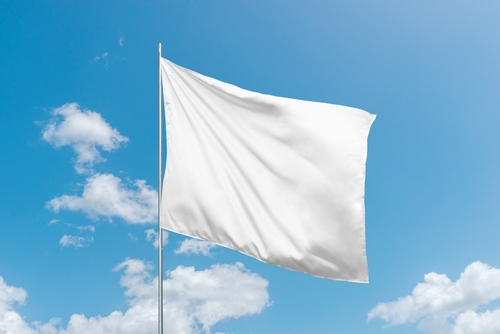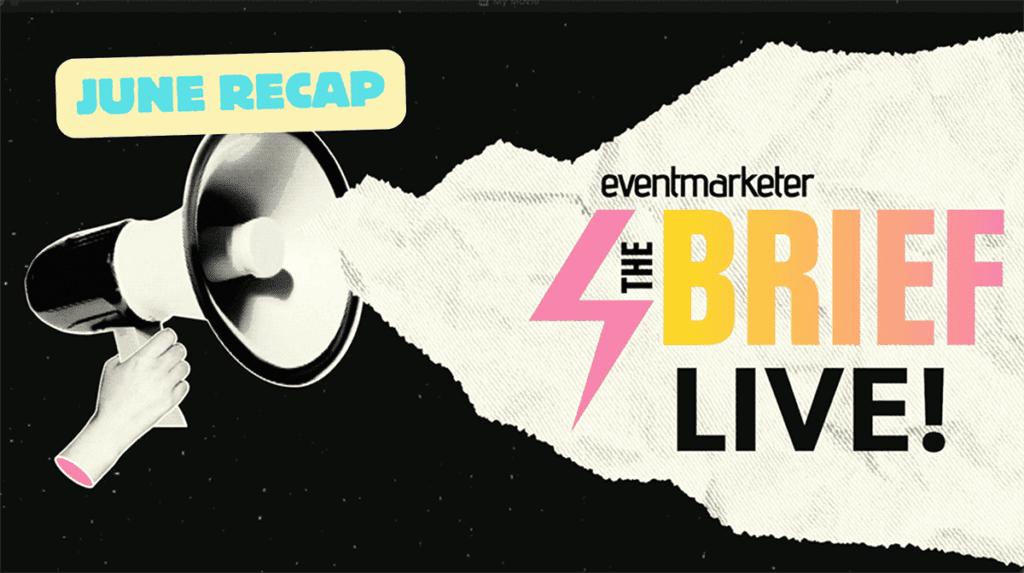Postal Rate Commission’s proposal hits catalogers hardest AS USUAL, catalogers got the worst of the decision handed down Nov. 13 by the Postal Rate Commission.
The PRC raised the postage increase for catalogers from the 8.8% requested by the U.S. Postal Service to 9.5%. And that wasn’t all: If a catalog weighs more than 9 ounces the rate goes up a whopping 17.6%.
Although this increase is nothing like the 25% hike foisted on them years ago, catalogers are upset about it.
“The increase was higher than we expected,” says Lillian Vernon spokesman David Hochberg. “We plan to move up one of our mail dates to before the increase goes into effect.”
The Rye, NY cataloger also plans to eliminate less productive mailings and print some catalogs on lighter-weight paper. “Your break-even point changes dramatically when paper and postage increase,” he notes.
“It’s not going to put us out of business,” adds Arnold Zaslow, executive vice president and treasurer of ATD-American, a large Wyncote, PA-based cataloger serving government and institutional markets. “We’re just going to have to do things like mail smarter, trim down the sizes of our catalogs and use lighter-weight papers.”
The Postal Rate Commission’s recommended rates for catalogers – mailings presorted by five-digit ZIP code – would rise to 45.9 cents.
“That’s outrageous,” says Jerry Cerasale, the Direct Marketing Association’s senior vice president for government affairs.
The recommendations are expected to be acted on by the USPS Board of Governors this month and implemented in January.
Most of the other mailer groups did better than they expected with the PRC, but Cerasale criticized a reduction in Standard A rates to 8.8% from the USPS’ proposed 9.4%, saying “It’s not that big of a drop and it’s not going to help keep that mail in the system.” He adds that the increase is almost double the rate of inflation and predicts DMA members are going to start looking elsewhere for mail distribution.
PRC chairman Ed Gleiman, who is expected to retire next February, defended the recommendation, saying the postal service would not adequately cover its costs of handling heavy-weight catalogs without the increase.
A 4.6% Average Increase In general, the PRC endorsed an increase averaging 4.6%. The hikes for each class of mail are: 1.8% for first class; 9.9% for periodicals; 4.5% for regular standard enhanced carrier route; 8.8% for all other regular standard mail; 2.7% for parcel post; 17.6% for bound printed matter; 16% for Priority Mail; 7.2% for nonprofit periodicals; and 4.8% for nonprofit standard mail.
“Overall, I think the Commission did the best it could with [the information] it had to work with,” says Gene Del Polito, president of the Association for Postal Commerce, Arlington, VA.
Del Polito blames the USPS for the hit to catalogers. “The postal service was trying to cover up for its own screw-ups,” he says. “Specifically, the USPS tried to pass on 500% of the cost of the savings it grants catalogers for work sharing and other things. The USPS knew ahead of time the PRC could not allow this.”
Under the PRC’s recommendation, the price of a 2-ounce letter-size piece of Standard A mail that’s pre-barcoded would go up to 19.7 cents per piece. A charge of 11.8 cents per piece for letter-size saturation mail or a 3-ounce flat, including catalogs presorted by carrier route walk-sequencing was suggested as well as a 19.7-cent charge for a 2-ounce Standard A pre-barcoded direct mail piece. A 1-cent increase in first class postage also was recommended.
Meanwhile, there’s growing speculation that another increase will be sought next year for implementation in 2002. Fueling that speculation is the fact that the USPS did not get the 6.4% hike it had asked for. That request was sparked by CFO Richard Strasser’s projection that the USPS will end the fiscal year $480 million in the red.
Strasser caught the industry’s ear when in October he informed the Mailers Technical Advisory Committee that the postal service intended to seek another rate hike within a year.
Industry leaders believe the USPS will ask the PRC to endorse another increase in early 2002.
“In all likelihood the USPS will file for a new rate increase of between 4% and 6% by late summer next year for implementation sometime in January 2002,” Del Polito says.
Del Polito doubts that USPS plans to cut 13,000 employees next year above the 6,000 already terminated will have much of an effect on overall postal finances. He says mailers will continue to face higher and higher rates until Congress passes postal reform legislation.
“I would like to see the postal service wait until the new rates are in place at least a year before asking for another increase,” adds Alliance of Nonprofit Mailers executive vice president Neal Denton. “It would be a devastating blow to both mailers and the postal service.”
National Federation of Nonprofits executive director Lee Cassidy argues that any move by the USPS for another rate increase in less than two years “will get a lot of people so ticked off at the postal service that it may shorten the tenure of William J. Henderson as postmaster general and lead to the appointment of a special congressional commission to develop real postal reform legislation.”
Another factor that could signal another imminent increase is the unknown outcome of contract talks between the USPS and two of its unions, the American Postal Workers Union and the Rural Letter Carriers Union.
Agreeing with the others that the outcome of contract talks with the two unions will have a “significant” effect on the amount and timing of the next rate hike proposed by the USPS, Cassidy opined that “the road ahead is still very, very rocky for both the postal service and mailers” and it will be “two to three years before we see any kind of significant postal reform.”
 Network
Network

